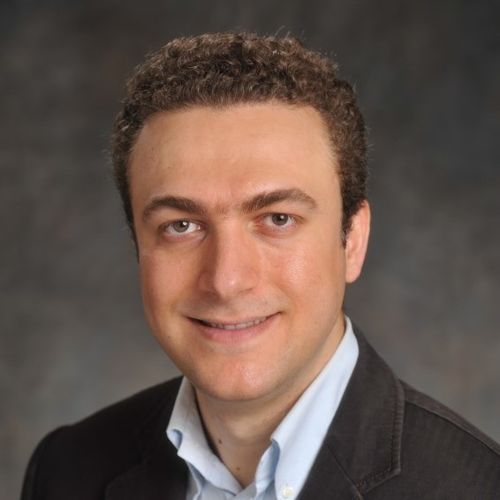About This Webinar
Deep learning is a class of machine learning techniques that use multilayered artificial neural networks for automated analysis of signals or data. The name comes from the general structure of deep neural networks, which consist of several layers of artificial neurons, each performing a nonlinear operation, stacked over each other. Beyond mainstream applications, such as the recognition and labeling of specific features in images, deep learning holds numerous opportunities for revolutionizing image formation, reconstruction, and sensing fields. In fact, deep learning is quite powerful and has been surprising optics researchers with what it can achieve for advancing optical microscopy and introducing new image reconstruction and transformation methods. Physics-inspired optical designs and devices are moving toward data-driven designs that will holistically change optical hardware and software of next-generation microscopy and sensing, blending the two in new ways.
Aydogan Ozcan samples an image and then acts on it using a computer. Powered by deep learning, next-generation optical microscopes and sensors understand a scene or an object and accordingly decide how and what to sample based on a given task. This requires a perfect marriage of deep learning with new optical microscopy hardware that is designed based on data. For such a thinking microscope, unsupervised learning would be the key to scale up its impact on various areas of science and engineering, in which access to labeled image data may not be immediately available or may be costly and difficult to acquire. He provides an overview of recent work on the use of deep neural networks in advancing computational microscopy and sensing systems and covers the biomedical applications of these systems.
***This presentation premiered during the 2021
BioPhotonics Conference. For more information on Photonics Media conferences, visit
events.photonics.com.
About the presenter:

Aydogan Ozcan, Ph.D., is the Chancellor's Professor and the Volgenau Chair for Engineering Innovation at UCLA, and an HHMI Professor with the Howard Hughes Medical Institute. He leads the Bio- and Nano-Photonics Laboratory at UCLA, and he is also the associate director of the California NanoSystems Institute. Ozcan is an elected Fellow of the National Academy of Inventors (NAI). He holds more than 45 issued patents and has over 20 pending patent applications. He is the author of one book and the co-author of more than 700 peer-reviewed publications in major scientific journals and conferences. Ozcan is the founder and a member of the board of directors of Lucendi Inc., Pictor Labs, and Holomic/Cellmic LLC, which was named a Technology Pioneer by The World Economic Forum in 2015. Ozcan is also a fellow of the American Association for the Advancement of Science (AAAS), the International Photonics Society (SPIE), Optica (formerly OSA), the American Institute for Medical and Biological Engineering (AIMBE), the Institute of Electrical and Electronics Engineers (IEEE), the Royal Society of Chemistry (RSC), the American Physical Society (APS), and the Guggenheim Foundation. He has received major awards, including the Presidential Early Career Award for Scientists and Engineers, the International Commission for Optics Prize, the Biophotonics Technology Innovator Award, the Rahmi M. Koc Science Medal, the International Photonics Society Early Career Achievement Award, the Army Young Investigator Award, the NSF CAREER Award, the NIH Director's New Innovator Award, the Navy Young Investigator Award, the IEEE Photonics Society Young Investigator Award and Distinguished Lecturer Award, the National Geographic Emerging Explorer Award, the National Academy of Engineering Grainger Foundation Frontiers of Engineering Award, and MIT's TR35 Award, for his seminal contributions to computational imaging, sensing, and diagnostics.